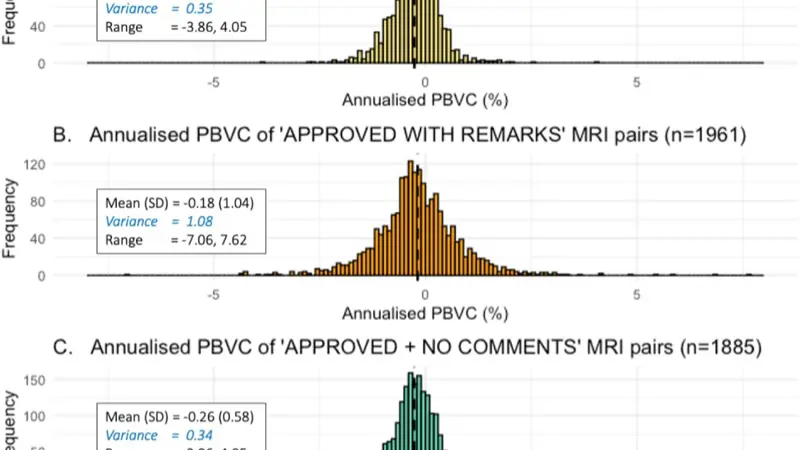Prevalence of Progression Independent of Relapse Activity and Relapse-Associated Worsening in Patients With AQP4-IgG-Positive NMOSD

Abstract
Objectives
In aquaporin-4 antibody–positive neuromyelitis optica spectrum disorder (AQP4-IgG NMOSD), disability accrual is mostly attributed to relapses. This study aimed to assess the prevalence of progression independent of relapse activity (PIRA) and relapse-associated worsening (RAW) in AQP4-IgG NMOSD.
Methods
This was a retrospective cohort study of patients with AQP4-IgG NMOSD enrolled in the MSBase international data registry. Patients required a minimum of 3 recorded Expanded Disability Status Scale (EDSS) scores: baseline, event, and a 6-month confirmation score. Presence and absence of relapses between the baseline and event EDSS scores determined RAW and PIRA, respectively. Descriptive statistics were used to present the results.
Results
A total of 181 patients followed for a median of 4.5 years (Q1 1.7, Q3 7.8) were included. Most patients were female (88.4%), and the median age at disease onset was 38.1 years. Overall, 4 patients (2.2%) developed 5 incidences of PIRA and 13 patients developed RAW (7.2%).
Discussion
This multicenter study highlights that PIRA is very rare in AQP4-IgG NMOSD. Limitations of this study include the sole focus of overall EDSS to measure disability, lack of requirement for a second EDSS score to confirm baseline EDSS, and the absence of magnetic resonance imaging information for all patients.



